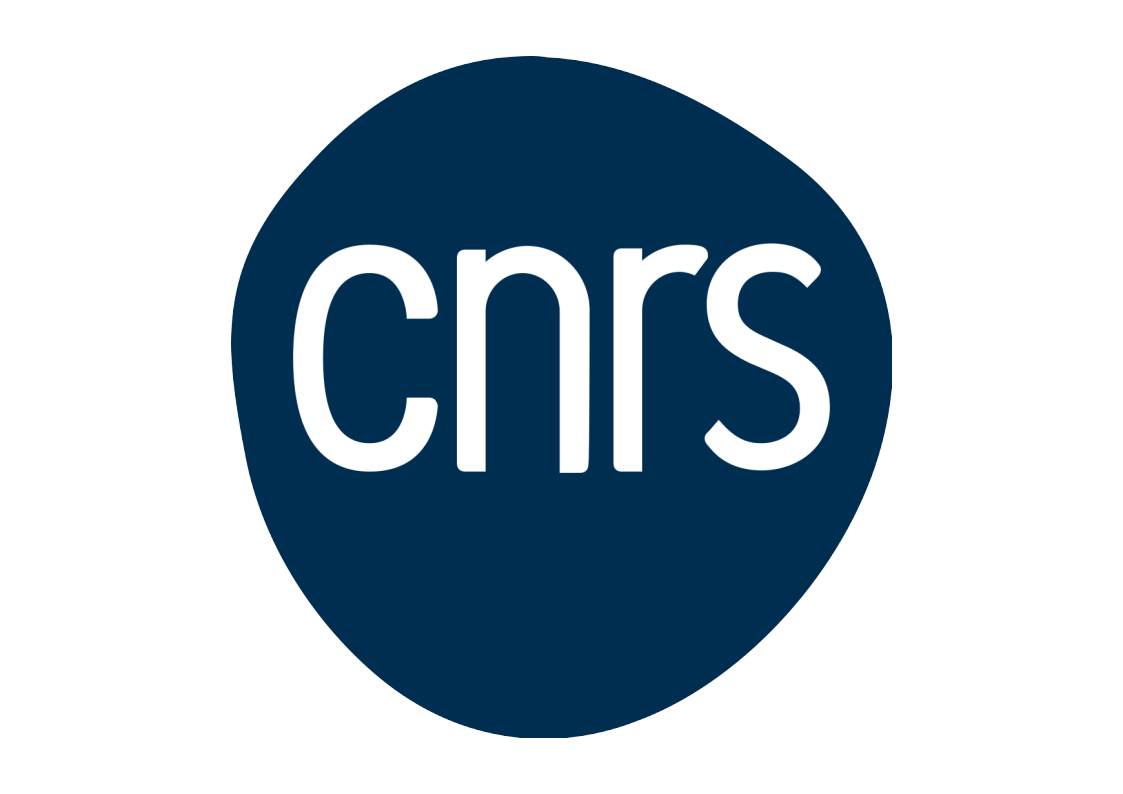
The Missions and Objectives of IDRIS
IDRIS (The Institute for Development and Resources in Intensive Scientific Computing), founded in 1993, is the national centre of the CNRS for intensive numerical calculations of very high performance computing (HPC) and for Artificial Intelligence (AI). It serves the scientific research communities which rely on extreme computing, both public and private (on condition of open research with publication of results).
At the same time a centre of computing resources and a pole of competence in HPC and AI, IDRIS (www.idris.fr) is a research support unit of the CNRS under the auspices of the CNRS Open Research Data Department (DDOR). It is administratively attached to the Institute for Computing Sciences (INS2I) but has a multidisciplinary vocation within the CNRS. Its operational modalities are similar to those of the IR* (“Star” Research Infrastructures) of the Ministère de l'Enseignement supérieur et de la Recherche (MESR).
IDRIS is currently directed by M. Pierre-François Lavallée.
The principal objective assigned to IDRIS is to contribute as effectively as possible to the excellence of scientific research in the domain of modelling, HPC and AI. To achieve this, IDRIS intervenes on two levels:
- As a service structure through the implementation and operation of a diversified and avant-garde environment for intensive computing which is both evolving and adapted to the great scientific challenges of numerical simulation and artificial intelligence. This environment encompasses a highly capable user support interface which offers significant value-added services. Hence, IDRIS does not limit itself to advising and training but is also implicated in the development and optimisation of scientific codes.
- As a transfer agent of the latest technologies from computer science research and development to the national infrastructures of high performance computing. Situated at the intersection of science (numerical simulation) and technology (scientific computing) and in close communication with scientific users, IDRIS is in a privileged position for the progressive integration of new technologies into the national system of scientific research. This activity was manifested by the substantial contribution IDRIS made in the 1990s to the dissemination of parallel computing. IDRIS continues this type of action today promoting the passage to massively parallel computing associated with the use of hardware accelerators, notably GPUs. These evolutions reflect the major issues of the coming years in everything which concerns HPC and AI.
In addition, IDRIS has acquired expertise recognized on a European scale in the domain of supercomputer grids: It was the coordinator from 2004 to 2008 of the European project which conceptualised and developed the Distributed European Infrastructure for Supercomputing Applications (DEISA, 2004-2011) and currently participates in the successor projects, PRACE (Partnership for Advanced Computing in Europe) and EOSC (European Open Science Cloud).
